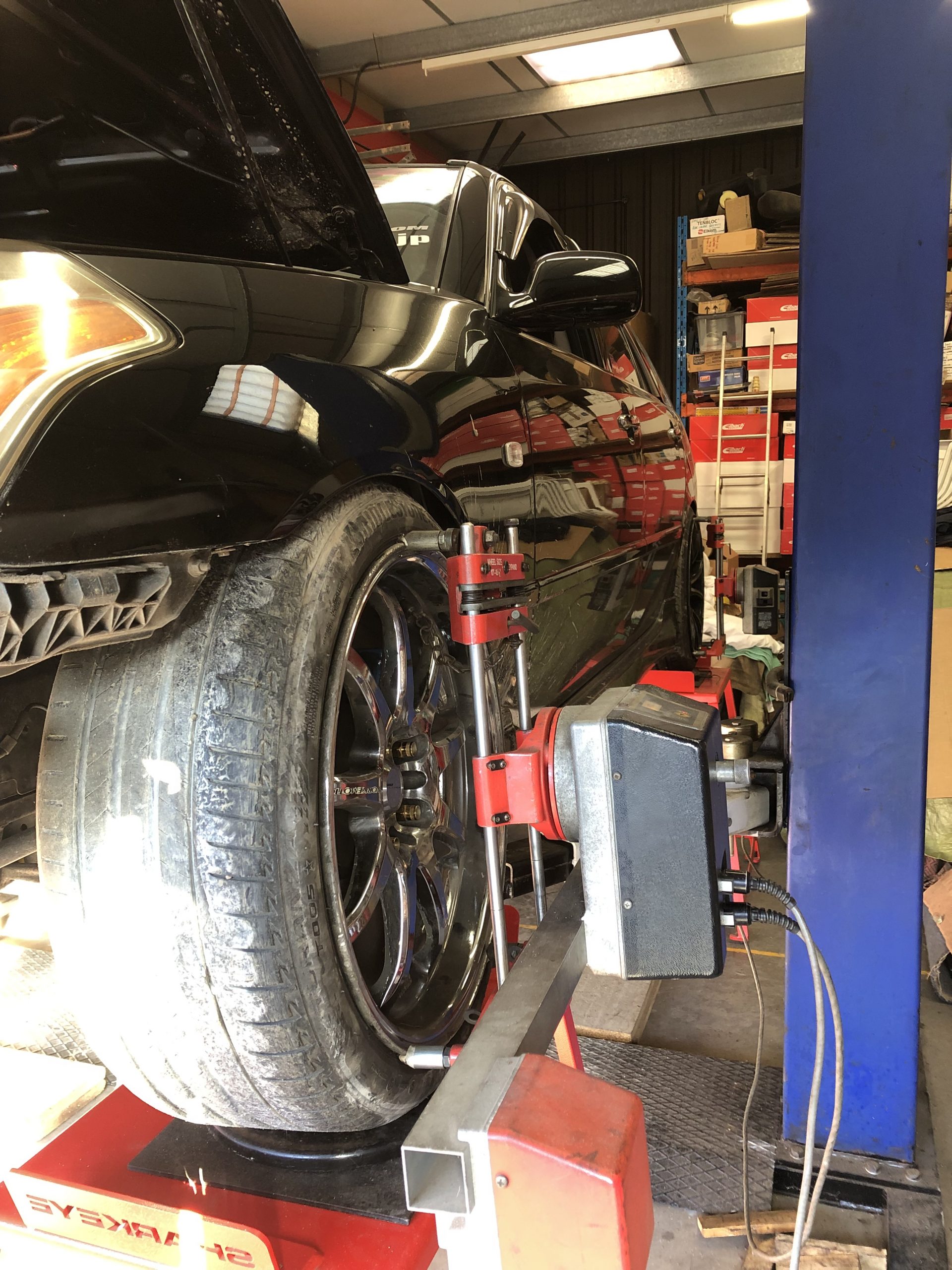
My Mum was a shorthand typist before she had kids. My sister did the same for the NHS. When I wrote my final year university project, it had to be typed up. I remember struggling to keep up with them as I’d obviously not finished writing it when presenting the first few pages to them. Thank you to them both for their skill and patience.
As I sit here typing this at my laptop (with one finger from each hand), it is strange to think of needing a typist to turn my long hand scrawl into a proper document. My Mum and sister were right up there in the words per minute speed stakes (ironically, my self-taught son is quicker on a keyboard but would probably fade rapidly on a mechanical typewriter), but as I transfer words directly from brain to keyboard, typing speed isn’t an issue. And no need for Tippex these days (other correction fluid brands are available).
Or is there a need? Over the years, I’ve found it a useful fluid to help with geometry settings and tyre pressures on my various competition cars. A few dabs of white around the tyre circumference, on tread block to sidewall interface, would keep my competitors guessing (or was that laughing….?). Take a test run and the marks would tell a story about toe, camber and tyre pressure (though the interpretation was often open-ended or simply wrong, but I enjoyed the learning process).
I worked on a rear-wheel-drive Toyota last weekend. Highly modified, full of adjustable suspension links, lots of power and wheels pointing in random directions. It is the client’s pride and joy for showing off around town and attending drift events on track. Having fitted the adjustable parts himself and struggled to move accurately even at parking speeds, he felt it was time for a geometry check.
A quick look at the car (by eye, no need for equipment just yet) showed that there was plenty of scope for improvement. The front tyres redefined ‘poor’ wear, with the inner edges and half the sidewalls destroyed. Hmmm. Onto our 4-wheel alignment kit for a measure. The good news is that the styling trend for very wide wheels fitted with much narrower stretched tyres makes fitting the measuring heads really easy. The bad news is that the geometry was so far out that the beams between each unit were pointing uselessly into (random) space. Adjustment by eye got the wheel units talking and the set up could begin. Having lots of new links meant that adjustment was easily achieved (no seized nuts to engage in battle). However, the negative front camber angle could only be reduced from about 6 degrees to 4 degrees. Yes, you read this right. The picture accompanying these words is ‘post-adjustment’, showing the lean of the measurement head (negative camber) vs the upright of the ramp.
There is quite a collection of ‘special’ or ‘adjustable’ parts on this car. They can be useful but when used in combination and adding extreme lowering, the effects on the geometry may be a little too great! Revised parts will be needed to get back to a more sensible set of metrics. It needs to drift progressively and recover benignly, but I’d also like it to drive predictably on the way to the track.
Carefully considered geometry from VHS Ltd will help, and no need to resort to Tippex.
